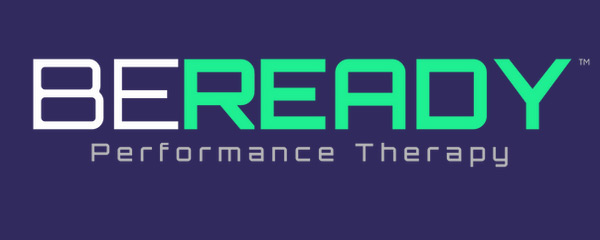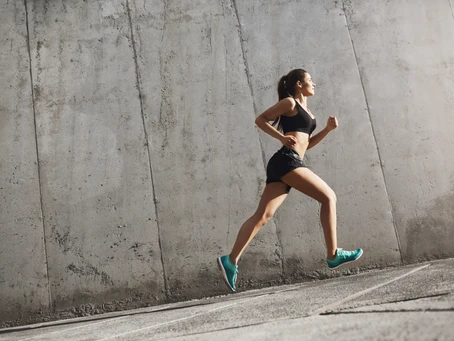You’re a runner and you feel that dreaded pain in your shins, what do you do?
Shin splints are frustrating. This article will tell you:
- What They Are
- Common Symptoms
- What You Can Do
- What You’ll Need Professional Help For
1. What are shin splints?
Shin splints are leg pain from when a muscle repeatedly pulls on the lining that surrounds your tibia (shin bone) and creates a painful inflammation. They can also lead to stress fractures. Risk for shin splints increases in runners who increase weekly mileage quickly, or play high-impact sports.
“Shin Splints” is a catch-all phrase for both Medial Tibial Stress Syndrome (MTSS) and Anterior Tibial Stress Syndrome (ATSS).
These two conditions often have similar characteristics but exist in separate locations, and the treatment for one is not exactly the same as the other.
2. Common Symptoms
MTSS will present as pain at the inner border of your shin bone, and possibly into the muscles in the area as well.
We see MTSS most commonly in runners who:
A. Recently increased mileage
B. Tend to overpronate
C. Have very long strides
ATSS is on the outer side of your shin bone and will be painful laterally.
We see ATSS most commonly in runners who:
A. Recently increased mileage
B. Tend to be heel strikers
C. Have poor foot & ankle stability
What’s important to know is that while some treatments and exercises are helpful for both, you definitely will want to do some things differently depending on which one you have.
While running, athletes with either of these conditions may feel some initial discomfort, notice it gets better after warming up, but then see that the pain comes back later in their run. Frustrating.
3. What You Can Do
The most important thing is this: Rest is not a long-term or sufficient solution. Weeks of rest will often make pain decrease, but cause you to become weaker while not training. Shin pain will likely return if you change nothing before returning to running.
MTSS:
- Soft tissue massage. This helps to “reset” aggravated muscles pulling on your shin bones that are creating inflammation
- Strengthening your soleus, posterior tibialis, and flexor hallucis muscles (deep calf muscles). Cross – training is key.
- Foot & Ankle Muscle Training – Trying “Toe Yoga” and working your arch raises will create foot stability and decrease stress on your running stride
- Change something about your running! Variables you can play with might be: Decreasing stride length, temporarily decreasing individual session mileage (can increase the number of sessions per week), decreasing decibels (running more quietly), or try doing your physical therapy or cross-training immediately after a run while under mild to moderate fatigue. Just note if you make any changes to your running stride, they should coincide with mileage decreases until you’ve adapted to new running forms.
Here’s a quick video that gives some examples of MTSS treatment
ATSS:
- Calf muscle stretching and massage – Ensuring you have an adequate range of motion in these muscles is key.
- Foot & Ankle Muscle Training – Trying “Toe Yoga” and working your arch raises will create foot stability and decrease stress on your running stride
- Heel walking – this directly trains the muscles that are often creating the primary pain
- Change something about your running! Variables you can play with might be: Decreasing stride length, temporarily decreasing individual session mileage (can increase the number of sessions per week), decreasing decibels (running more quietly), or switching to a more forefoot/midfoot strike. Just note if you make any changes to your running stride, they should coincide with mileage decreases until you’ve adapted to new running forms.
Here’s a quick video that gives some examples of ATSS treatment
4. What You’ll Need Professional Help For
1. Dry needling. This helps to “reset” aggravated muscles pulling on your shin bones that are creating inflammation
2. Running Analysis & Movement Assessment – if you don’t improve how you move, this issue will come back when you ramp up mileage again.
3. If you have tried to fix it on your own and it hasn’t gotten better, it may be time to seek outside help.
Are you looking for more individualized information or in-person help in Nashville or Brentwood, TN? Schedule a free call with us and we’ll put you in touch with one of our running specialist physical therapists!
Schedule a Call
Ross Gentry PT, DPT, CF-L2, CSCS



